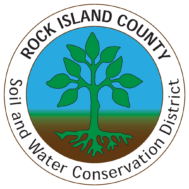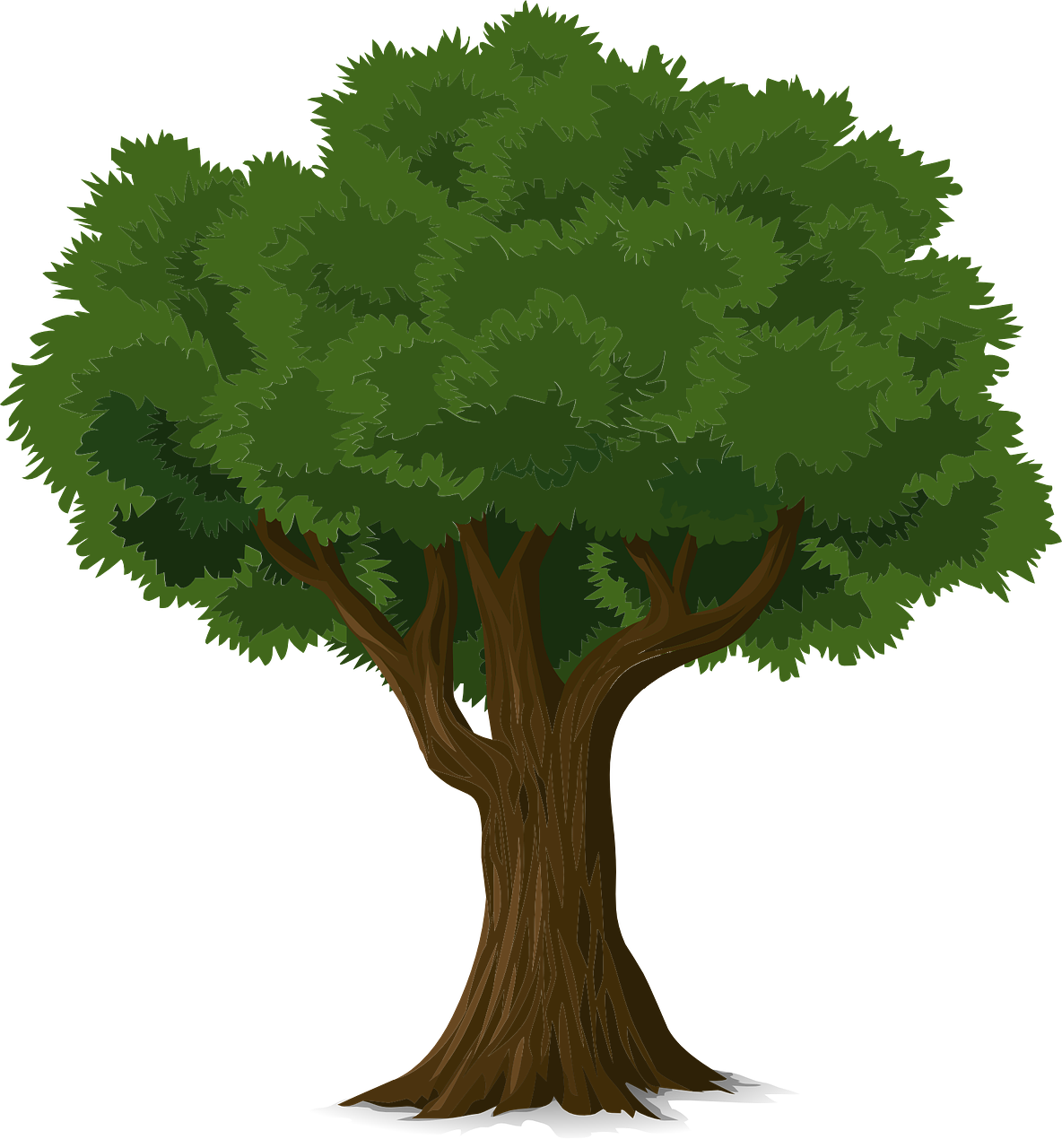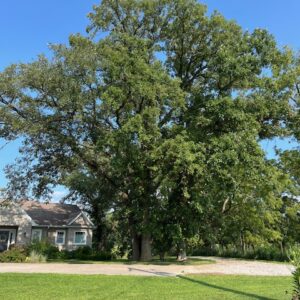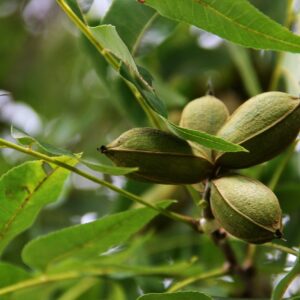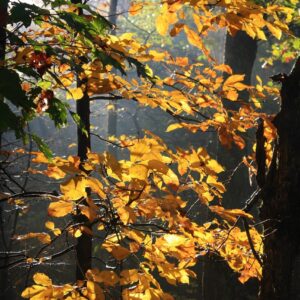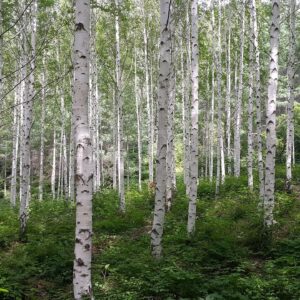Swamp Chestnut Oak (Quercus michauxii), also known as Cow Oak or Basket Oak, is a large deciduous tree native to the southeastern United States. It is known for its impressive size, distinctive leaves, and adaptability to wetland environments. Swamp Chestnut Oak is a robust and versatile tree known for its impressive size, distinctive leaves, and ecological value. Its adaptability to wetland environments and attractive foliage make it a valuable addition to large landscapes and natural settings.
Appearance:
Size: Swamp Chestnut Oak typically grows 60-80 feet tall with a spread of 40-60 feet. In optimal conditions, it can reach up to 100 feet (30 meters) in height. It has a broad, rounded canopy with a dense growth habit.
Leaves: The leaves are large, broad, and lobed, measuring about 5-9 inches (12-23 cm) long. They have 5-9 rounded lobes with a somewhat sinuous edge, resembling those of the Chestnut Oak (Quercus prinus), hence the name. The leaves are dark green on the upper surface and paler green underneath. In the fall, the foliage turns yellow to brown.
Flowers: Swamp Chestnut Oak produces small, inconspicuous flowers in early spring (April to May). The flowers are arranged in catkins, with male flowers in long, slender clusters and female flowers in short spikes. The flowers are not particularly showy but are an important part of the tree’s reproductive cycle.
Fruit: The fruit is an acorn, about 1-1.5 inches (2.5-4 cm) long, with a rounded, nut-like shape. The acorns are enclosed in a shallow cup with a scaly texture. They mature in the fall and are an important food source for wildlife, including birds, squirrels, and deer.
Bark: The bark is gray to dark brown and develops a rugged, deeply furrowed texture with age. It has a somewhat scaly appearance and is less flaky compared to some other oak species.
Habitat: Swamp Chestnut Oak thrives in moist, well-drained soils, often in bottomlands, floodplains, and swamps. It is adapted to wetland environments but can also grow in upland areas. It prefers fertile, loamy soils but can tolerate a range of soil types. It is hardy in USDA Hardiness Zones 5 to 9.
Uses:
Ornamental: The Swamp Chestnut Oak is valued for its large size, broad canopy, and attractive foliage. It is often used as a specimen tree in large landscapes, parks, and naturalized settings. Its dense canopy provides excellent shade.
Ecological: The tree provides habitat and food for a variety of wildlife. The acorns are an important food source for many animals, while the tree’s large canopy offers shelter and nesting sites for birds and other creatures.
Woodworking: The wood of Swamp Chestnut Oak is durable and used in various applications, including furniture, cabinetry, and flooring. It is similar in quality to other oak species and is valued for its strength and appearance.
Care:
Pruning: Prune Swamp Chestnut Oak in late winter or early spring before new growth begins. Pruning helps maintain the tree’s shape, remove any dead or damaged branches, and improve air circulation within the canopy.
Watering: The tree prefers consistently moist soil but can tolerate brief periods of drought once established. Regular watering during dry spells helps maintain its health and appearance.
Fertilizing: A balanced, slow-release fertilizer applied in early spring can support healthy growth. The tree is not overly demanding in terms of fertilization but may benefit from additional nutrients in poor soils.
Pests and Diseases: Swamp Chestnut Oak can be affected by pests such as oak weevils and leafminers, as well as diseases like oak wilt and powdery mildew. Regular monitoring and proper care can help manage these issues.
